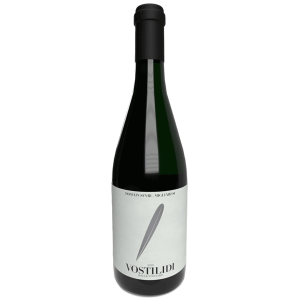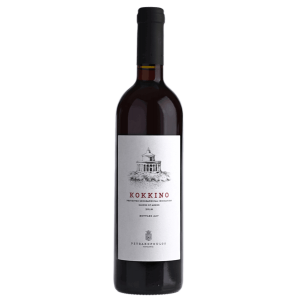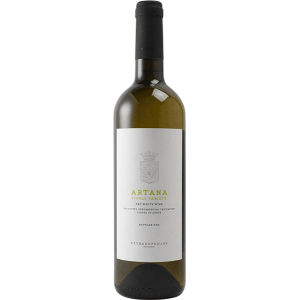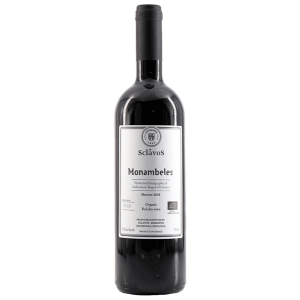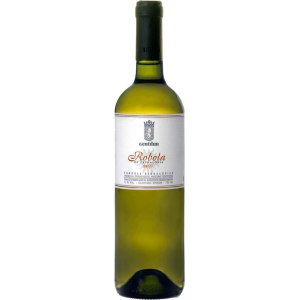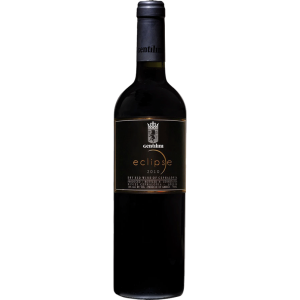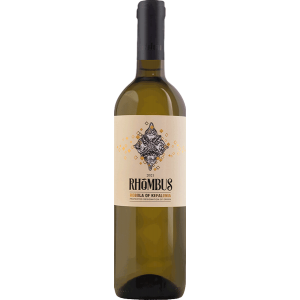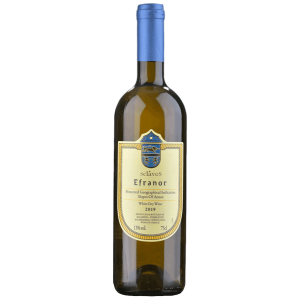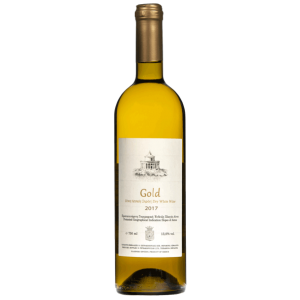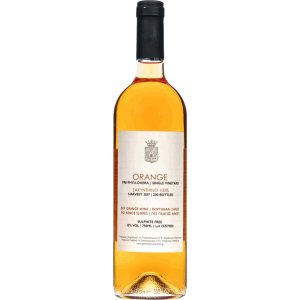Wines of Kefalonia
According to Homer's writings, the wines of Cephalonia were known since the ancient times as making the most appreciable gift, able to hold friendships, create new bounds, dispel misunderstandings and build alliances. Nowadays 2/3 of the vineyards of Cephalonia are located in mountainous or semi-mountainous areas, mainly on limestone ground particularly poor in organic material. The island's climate is mild, quite rainy and mount Enos (“the Black Mountain”) offers extremely favorable growing conditions. All of the above, in combination with the low yield per acre and the small size of the vineyard plots (averaging just 4.5 acres per grower), have defined the viniculture type of Kefalonian wines.
The variety mostly cultivated is Robola and secondarily the white Muscat, Mavrodaphne, Tsaousi, Vostilidi or Goustolidi, Zakynthino and fragrant Moschatella which is the islands exclusivity. The above varieties produce 3 Protected Geographical Indication (P.G.I.) wines: Slopes of Enos, Metaxata, Mantzavinata and 2 Protected Designation of Origin (P.D.O.): sweet Mavrodaphne of Cephalonia and white Muscat of Cephalonia. The top wine of the island is PDO Robola of Cephalonia. This famous variety is, mainly, cultivated in the southern and central part of the island, on a 3.000 acre vineyard reaching a height of 800 meters. The vines are planted literally on stone, hence the name Vino di Sasso (wine of stone) given by the Venetians to Robola.

